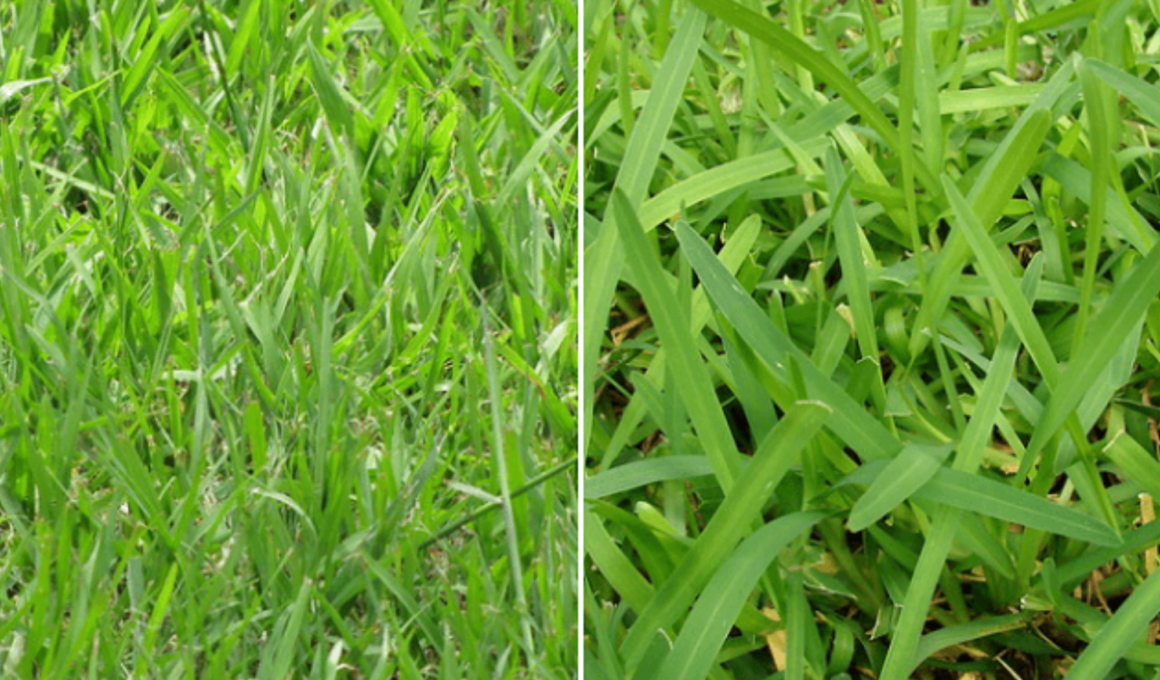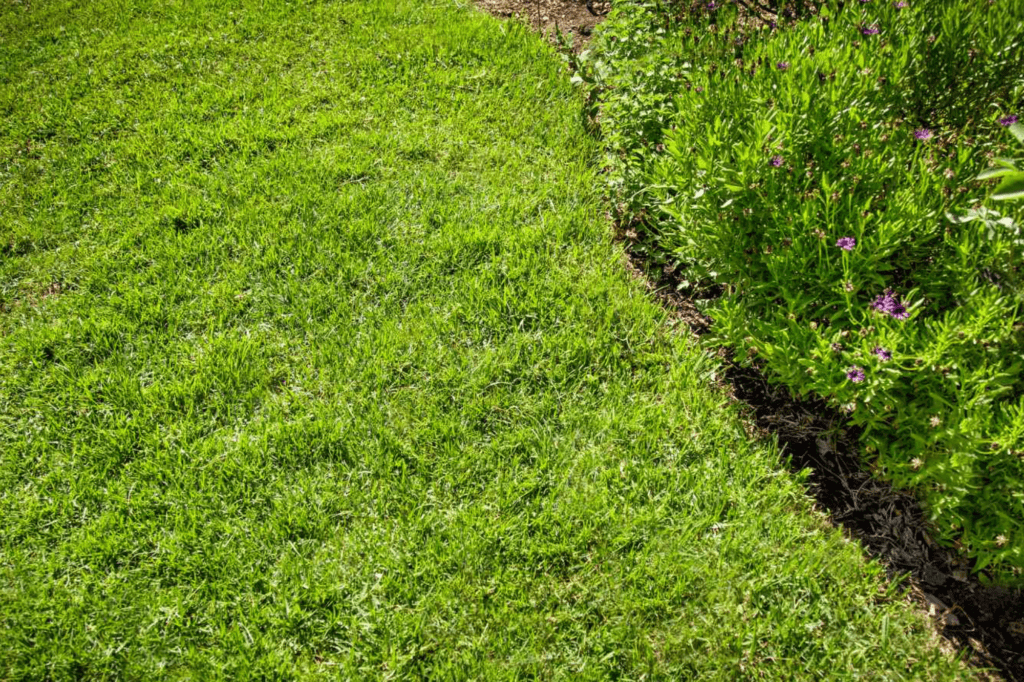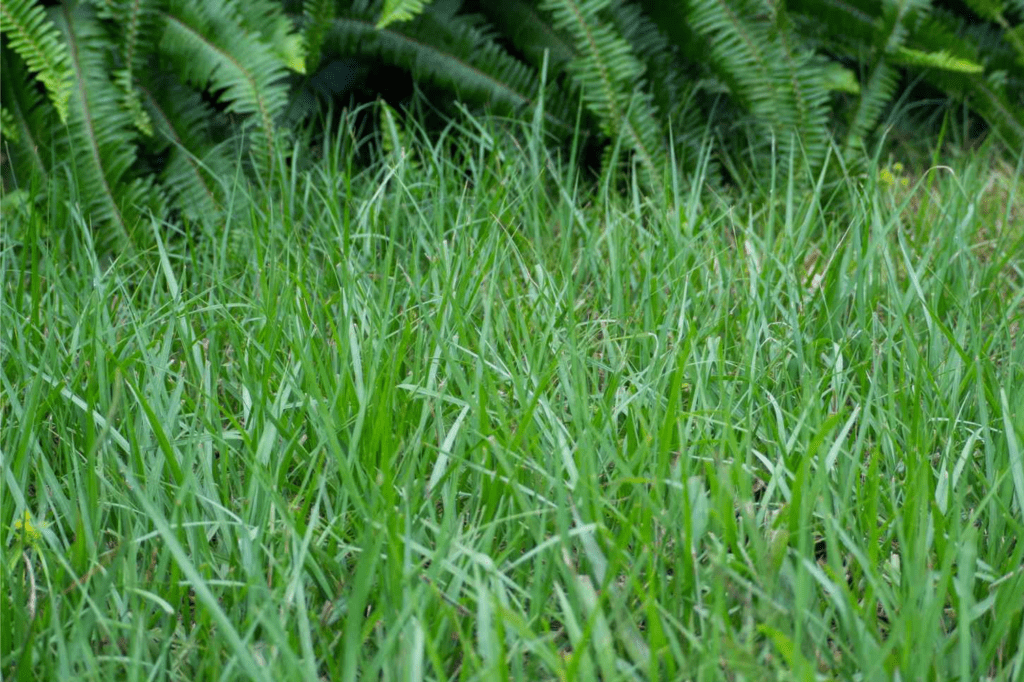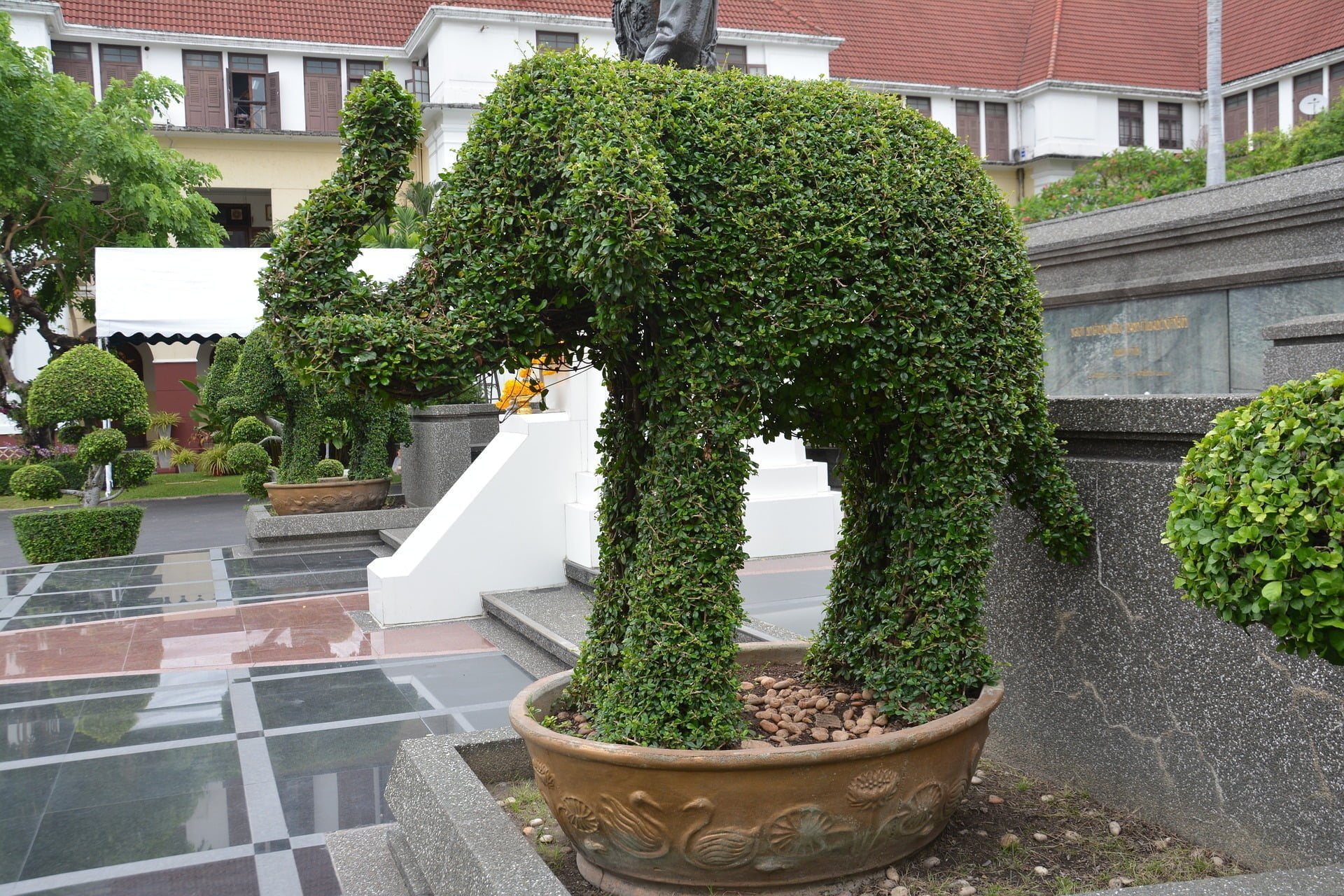Choosing the right type of grass for your lawn can often be a daunting task. With so many options to consider, it can be challenging to determine which type of grass is best suited for your specific needs. Two popular grass types that homeowners often compare are St Augustine and Bahia grass.
In this section, we will provide an in-depth comparison of St Augustine and Bahia grass. We will take into account various factors, such as appearance, maintenance requirements, and suitability for different climates, to help you make an informed decision for your lawn.
St Augustine Grass: Characteristics and Benefits
St Augustine grass is a warm-season grass that is popular in the southern United States. It is known for its thick, lush blades that can range from dark green to blue-green in color. This grass is favored for its tolerance to shade, making it an ideal choice for yards with mature trees or other structures that block out sunlight.
In terms of maintenance, St Augustine grass requires regular watering, fertilization, and mowing to thrive. It has a moderate growth rate, meaning it requires more frequent mowing than some other grasses. However, its moderate growth also means it is less prone to thatch buildup, making it easier to maintain.
One of the main benefits of St Augustine grass is its ability to tolerate warm temperatures and high humidity. This makes it an excellent option for yards in the southern regions of the United States that experience hot summers. Additionally, St Augustine grass has a strong root system, which helps it withstand drought and recover quickly from damage.
Advantages of St Augustine Grass:
| Advantages | Explanation |
|---|---|
| Tolerance to shade | Can grow well in areas with minimal direct sunlight |
| Tolerant of warm temperatures and high humidity | Can thrive in hot, humid climates |
| Strong root system | Can withstand drought and recover quickly from damage |
Overall, St Augustine grass is an excellent option for homeowners in warm, humid climates who want a lush, thick lawn that can tolerate shade. With proper care and maintenance, it can provide a beautiful and functional outdoor space for years to come.
Bahia Grass: Features and Advantages
Bahia grass is a warm-season grass native to South America that is widely used throughout the southern United States. This grass is known for its high tolerance to heat and drought, making it an excellent choice for homeowners in hot and humid climates. Here are some of the key features and advantages of Bahia grass.
| Features of Bahia Grass | Advantages of Bahia Grass |
|---|---|
| Bahia grass has a coarse texture and a light green color that becomes darker with age. | It does not require frequent watering and can tolerate drought conditions better than other grass types. |
| Bahia grass has a deep root system that allows it to reach moisture and nutrients from deeper soil layers. | It is resistant to most insects and diseases, reducing the need for chemical control methods. |
| Bahia grass has a moderate growth rate and can reach heights of up to two feet tall. | It is an excellent option for high-traffic areas as it can withstand wear and tear. |
When it comes to care and maintenance, Bahia grass does not require extensive upkeep. It prefers full sun exposure but can tolerate some shade. It requires regular mowing, especially during peak growing seasons, to maintain its appearance and density. Fertilization should be done twice a year, preferably during the growing seasons, to provide the necessary nutrients for growth.
Bahia grass has a hardy nature, making it a popular choice for homeowners who want to maintain a healthy lawn without spending too much time and money on upkeep. Its deep-rooted system enables it to survive in poor soil conditions, making it an excellent option for areas with low soil fertility and limited water resources.
St Augustine Vs Bahia Grass: A Comparison
When considering the best lawn for your home, it’s essential to compare the characteristics of St Augustine and Bahia grass to make an informed decision. Let’s explore the similarities and differences between these two grass types:
| St Augustine Grass | Bahia Grass | |
|---|---|---|
| Appearance | St Augustine grass has broad, flat leaves with a dark green hue and a dense growth pattern. | Bahia grass has narrow, curly leaves with a bluish-green hue and a bunch-type growth pattern. |
| Maintenance Requirements | St Augustine grass requires frequent watering and regular mowing to maintain a height of 2-4 inches. | Bahia grass is drought-resistant and requires less watering than St Augustine grass. It also requires less frequent mowing, with an optimal height of 3-4 inches. |
| Adaptability to Different Climates | St Augustine grass thrives in warm, humid climates and has moderate shade tolerance. | Bahia grass is suitable for warm, dry climates and has excellent heat and drought tolerance. It also has good shade tolerance. |
| Pest and Disease Resistance | St Augustine grass is susceptible to pests such as chinch bugs and diseases such as brown patch. | Bahia grass is resistant to most pests and diseases, making it a low-maintenance choice. |
Overall, St Augustine grass is an excellent choice for homeowners in warm, humid climates who prefer a dense, lush lawn. Its maintenance requirements are higher than Bahia grass, but its aesthetic appeal is undeniable. On the other hand, Bahia grass is a practical option for those who live in hot, dry climates and want a low-maintenance lawn. It is drought-resistant, pest-resistant, and requires less mowing than St Augustine grass.
Lawn Care Tips and Maintenance for St Augustine and Bahia Grass
Maintaining a healthy and lush lawn requires regular care and upkeep. Whether you have St Augustine or Bahia grass, the following tips will help you ensure that your lawn is healthy and vibrant year-round.
Watering
Watering is a critical component of maintaining a healthy lawn. For St Augustine grass, it is recommended to water it deeply, providing around one inch of water every week. To prevent fungal growth, avoid watering your lawn during the evening.
Bahia grass, on the other hand, is highly drought-tolerant and only needs watering when the leaves start to curl or when the grass takes on a bluish tint. You can water Bahia grass with around half an inch of water every 7-10 days.
Mowing
Regular mowing is essential to keep your lawn looking neat and tidy. For St Augustine grass, it is recommended to mow it to a height of around 3-4 inches. Avoid cutting more than one-third of the grass blade at a time.
Bahia grass should be mowed to a height of around 2-3 inches. Mow it when it reaches a height of 4-6 inches to prevent it from becoming too tall and cumbersome to mow.
Fertilizing
Fertilizing your lawn can help ensure it remains healthy and nourished. For St Augustine grass, it is recommended to fertilize it every 6-8 weeks during the growing season, using a slow-release fertilizer.
Bahia grass requires fewer fertilizers than other types of grass. You can fertilize it once or twice a year using a slow-release fertilizer during the growing season.
Weed Control
Weeds can take away vital nutrients and moisture from your lawn and can quickly overtake it if left uncontrolled. For St Augustine grass, you can use pre-emergent herbicides to prevent weed growth or post-emergent herbicides to kill existing weeds.
Bahia grass is resistant to many weeds, but if they do appear, use a selective herbicide to get rid of them.
By following these lawn care tips, you can ensure that your St Augustine or Bahia grass lawn remains healthy, vibrant, and beautiful all year round. Keep in mind that both grass types have unique needs and requirements, so be sure to tailor your maintenance routine accordingly.
Frequently Asked Questions (FAQ)
Are St Augustine and Bahia grass suitable for all climates?
St Augustine grass is best suited to warmer climates such as the southern United States, where temperatures range from 80-90 degrees Fahrenheit. Bahia grass, on the other hand, thrives in tropical and subtropical regions where temperatures range from 70-80 degrees Fahrenheit.
How often should I fertilize St Augustine and Bahia grass?
Both St Augustine and Bahia grass require fertilization twice a year: once in the spring and again in the fall. However, you may need to fertilize more frequently if your lawn is in poor condition or if you want to enhance its growth and appearance.
Can St Augustine and Bahia grass withstand foot traffic?
Both St Augustine and Bahia grass can handle moderate foot traffic, but excessive foot traffic can damage the grass blades and roots. If you have a high-traffic area in your lawn, consider installing a pathway or using stepping stones to protect the grass.
Is weed control necessary for St Augustine and Bahia grass?
Yes, weed control is essential for both St Augustine and Bahia grass to maintain their health and appearance. Weeds can compete with the grass for nutrients and sunlight, which can harm your lawn. Consider using pre-emergent herbicides to prevent weed growth before it starts.
Should I mow St Augustine and Bahia grass to the same height?
No, St Augustine and Bahia grass require different mowing heights. St Augustine grass should be mowed to a height of 2-4 inches, while Bahia grass should be mowed to a height of 3-4 inches. Mowing at the correct height will promote healthy growth and discourage weed growth.
Can I grow St Augustine and Bahia grass together in my lawn?
It is not recommended to grow St Augustine and Bahia grass together in the same lawn. These grass types have different maintenance requirements and growth patterns, which can result in an uneven and patchy lawn. It is best to choose one grass type that aligns with your lawn goals and stick with it.











